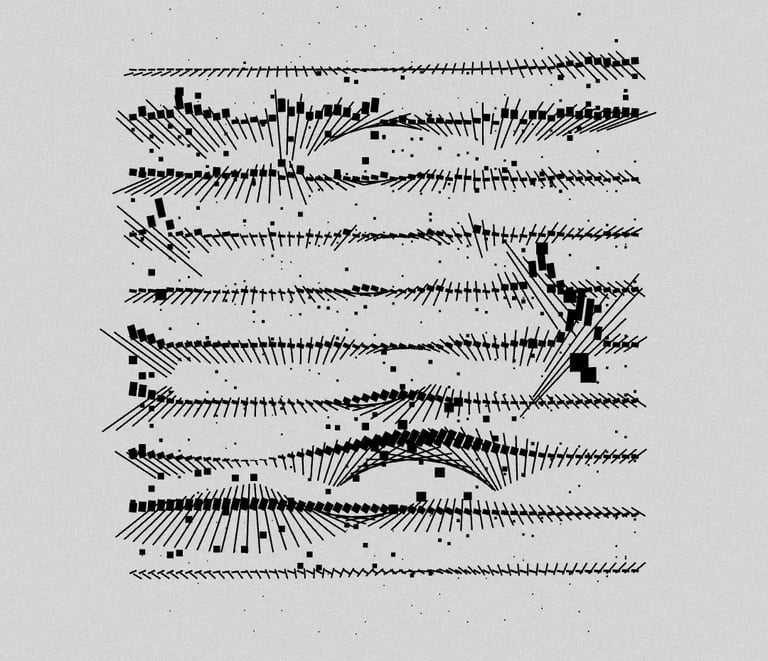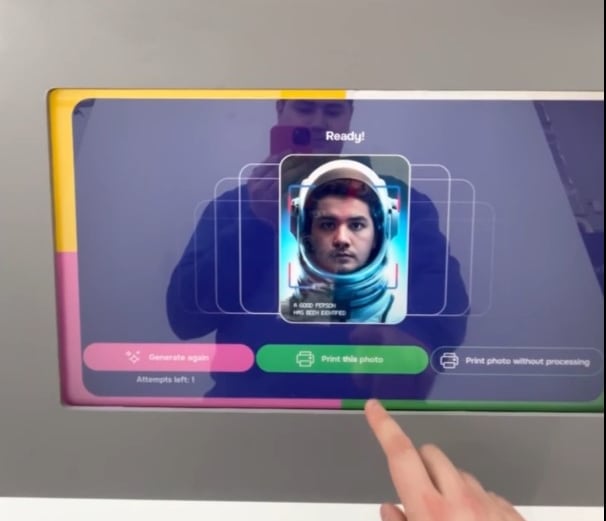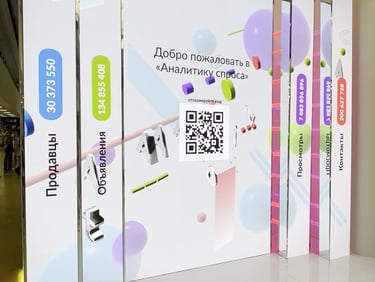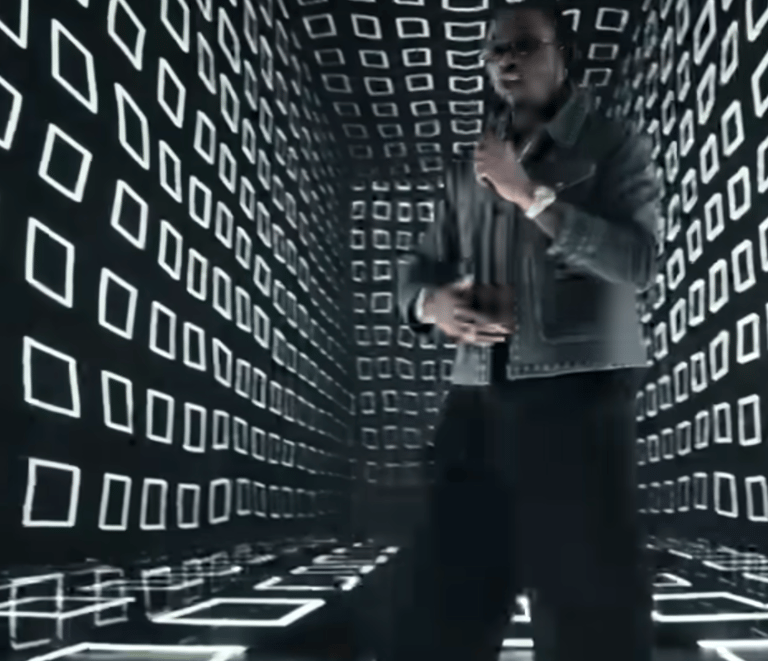Hi!
My name is Eduard, aka ed.creativecoder.
I craft Design+Art+Tech that solve challenges & delight clients.
Helped Bebe Rexha (Coachella), Tiësto, Maren Morris, AIGEL with concert visuals that react to music. Contributed as a Concept Artist to Coinbase commercials.
Demo reel 2024
Exploring the Unlimited Potential of Generative Art
Generative art is a type of digital art where algorithms and computer systems create images or patterns, often with minimal human input. What makes generative art unique is its ability to adapt and evolve based on real-time data, creating ever-changing visuals that can respond to their surroundings or user interaction. Here's a breakdown of how this works and why it's so exciting:
1. What Is Generative Art?
Generative art is art made by machines, but with human direction. Artists set rules or parameters, and a computer program follows those rules to produce visuals. It can create something new each time it runs, leading to an infinite variety of outcomes.
2. How Does It Respond to the Environment?
One of the most fascinating aspects of generative art is its ability to change in real time. For instance, it can pull data from the environment, such as:
Sound: Music or noises in the room could alter the patterns or animations.
User interaction: The art might respond to movements, clicks, or touch.
This adaptability allows generative art to feel alive, constantly shifting in response to its surroundings.
3. Why Is It Captivating?
Generative art never looks the same twice. Every time it responds to new data, the artwork transforms. This unpredictability draws people in, offering them a new experience each time they engage with it. Whether displayed in galleries, public spaces, or on personal devices, it creates an immersive and engaging experience.
4. Applications of Generative Art
Generative art has numerous uses:
Interactive installations: Public displays that change as people walk by or engage with them.
Music visuals: Artwork that evolves in sync with live performances or music tracks.
Personalized home decor: Art pieces that adapt to the mood, lighting, or time of day.
Marketing and branding: Dynamic visuals that adjust based on audience interaction or even social media trends.
5. The Future of Generative Art
With advancements in AI and real-time data processing, generative art’s potential is limitless. As technology evolves, so will the complexity and responsiveness of these artworks, making them even more integrated into our daily lives and environments.
In Conclusion
Generative art represents a new frontier in creativity, where technology and art blend to produce living, evolving visuals. It constantly responds to changes in its environment, offering a fresh and engaging experience every time. This fusion of art and technology is redefining how we interact with visual experiences, making art more dynamic, personalized, and immersive.
Got a partnership idea, or a project you need help with? Shoot me a line and let's talk.










